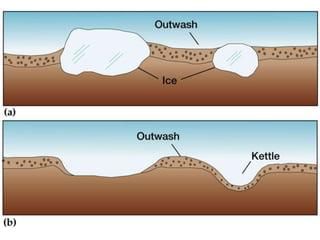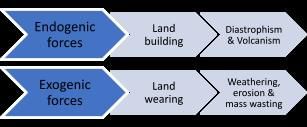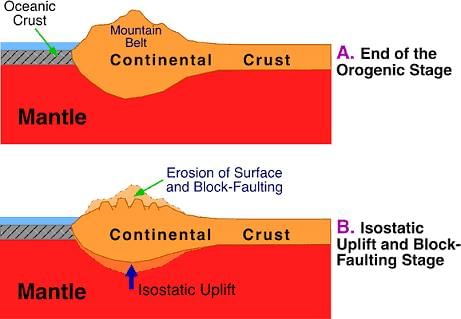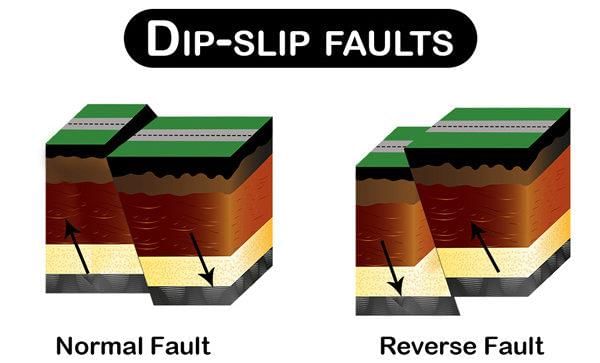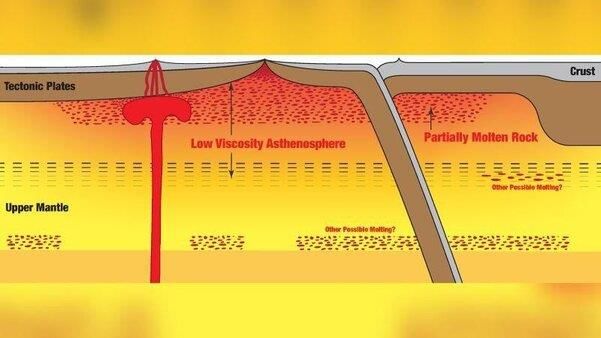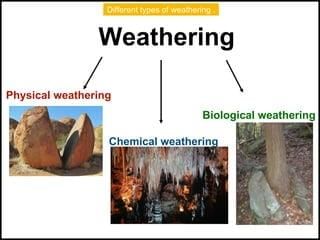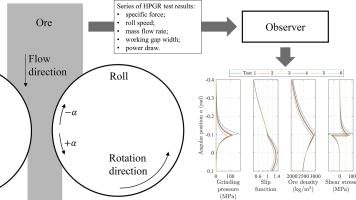|
What are the two main types of forces that contribute to the unevenness of the Earth's surface? |
Card: 1 / 32 |
|
The two main types of forces are exogenic forces, which wear down and fill up the Earth's surface, and endogenic forces, which elevate or build up parts of the Earth's surface. 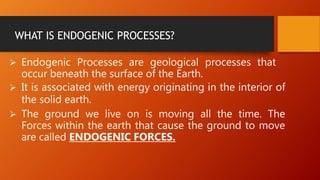 |
Card: 2 / 32 |
|
Fill in the blank: The process of wearing down relief variations of the Earth's surface through erosion is known as ___. |
Card: 3 / 32 |
|
True or False: Endogenic geomorphic processes include weathering, mass wasting, erosion, and deposition. |
Card: 5 / 32 |
|
False. Endogenic geomorphic processes include diastrophism and volcanism, while weathering, mass wasting, erosion, and deposition are exogenic processes.  |
Card: 6 / 32 |
|
Gravity activates all downslope movements of matter and causes stresses on the Earth's materials, facilitating processes like erosion, transportation, and deposition. 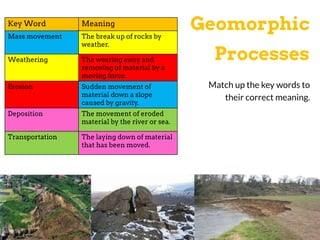 |
Card: 8 / 32 |
|
Fill in the blank: Any exogenic element of nature capable of acquiring and transporting earth materials is known as a ___. |
Card: 9 / 32 |
|
True or False: Gravitational stresses are not essential for the mobility of surface materials on Earth. |
Card: 11 / 32 |
|
False. Gravitational stresses are essential as they enable mobility, which is necessary for erosion, transportation, and deposition. 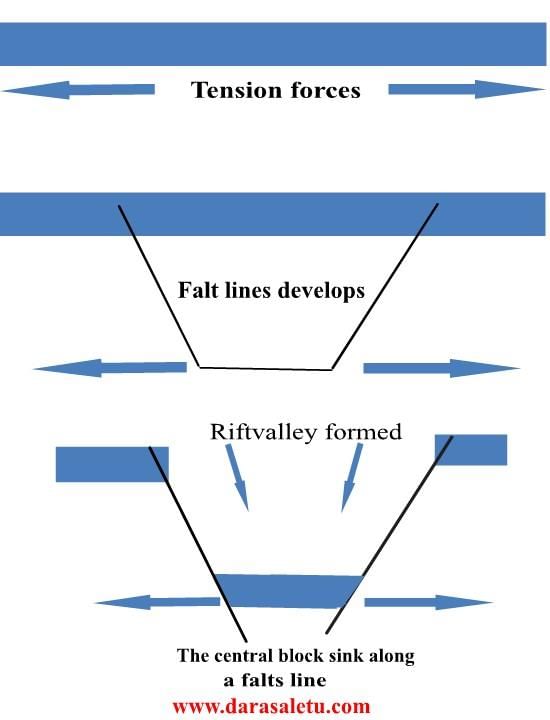 |
Card: 12 / 32 |
|
Endogenic processes primarily derive their energy from ___ and ___ within the Earth. |
Card: 13 / 32 |
 Unlock all Flashcards with EduRev Infinity Plan Starting from @ ₹99 only
|
|
Fill in the blank: The processes of orogeny, epeirogeny, and plate tectonics can cause ___ and ___ of the crust. |
Card: 17 / 32 |
|
What are the main effects of endogenic geomorphic processes on the Earth's crust? |
Card: 19 / 32 |
|
They move, elevate, or build up portions of the Earth's crust, causing changes in pressure, volume, and temperature, which can induce metamorphism of rocks. 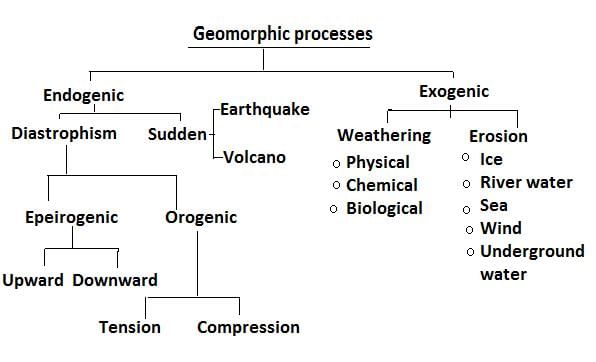 |
Card: 20 / 32 |
|
Orogeny refers to mountain building processes, while epeirogeny refers to the uplift or warping of large parts of the Earth's crust.  |
Card: 22 / 32 |
|
True or False: Exogenic processes derive their energy solely from tectonic factors. |
Card: 25 / 32 |
|
False. Exogenic processes derive their energy from the atmosphere, which is ultimately determined by the sun. 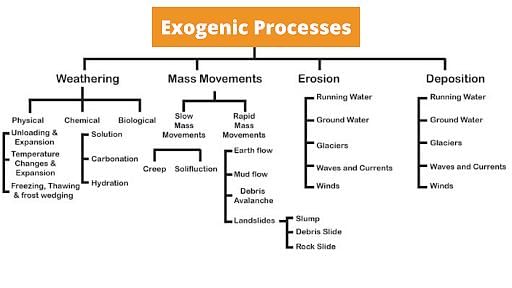 |
Card: 26 / 32 |
|
They lead to loosening of bonds between grains, dissolving of soluble minerals, or cementing materials. 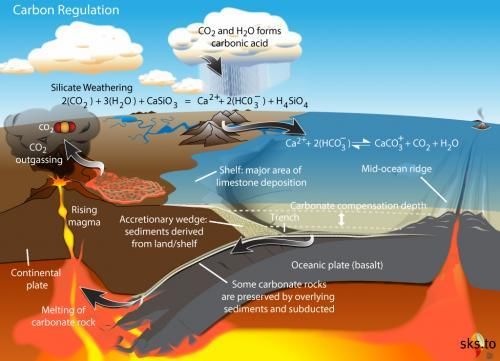 |
Card: 32 / 32 |





